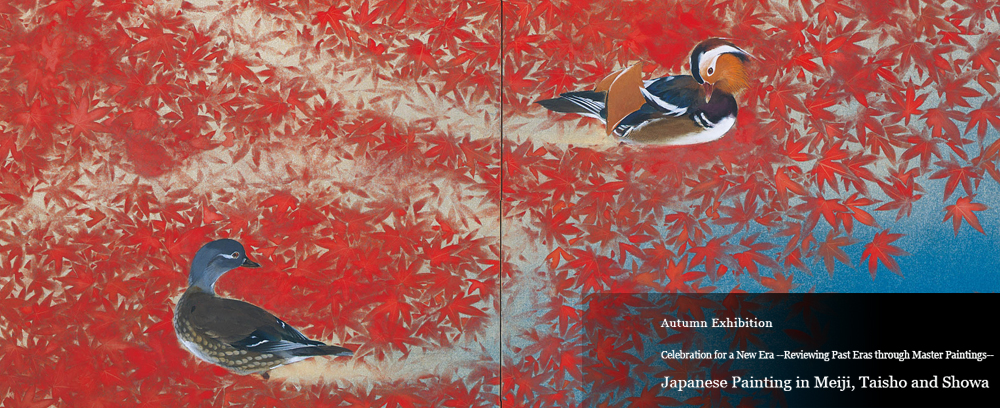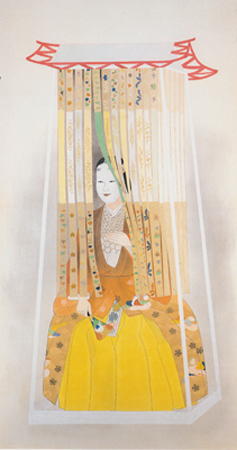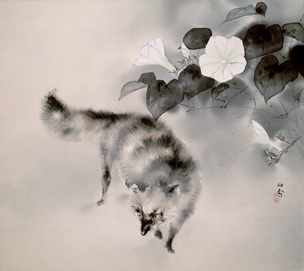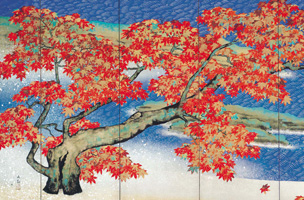
Passion|Kawabata Ryushi
Autumn Exhibition, 2019 CLOSED
Celebration for a New Era --Reviewing Past Eras through Master Paintings--
Japanese Painting in Meiji, Taisho and Showa
August 31 (Sat) ‐ November 30 (Sat), 2019
As the Meiji Era was denoted by the words "civilization" and "enlightenment," foreign knowledge and culture rapidly poured into Japan at that time. In the Taisho Era, currents of freedom and depth penetrated. The Showa Era experienced the Pacific War and then, Japanese society changed drastically. The rapid fluctuation in modern Japan also largely affected the art world. Painters in the Japanese art world tried to explore new Japanese painting styles in accordance with changes in society, absorbing the expression of Western painting or pursuing unique aesthetics independently from tradition. They actually tried to accept and conquer the turbulent times through art. Today, masterpieces from each period give us a sense of that enthusiasm within the changing Japanese art world.
Celebrating the fact that Japan will start a new era in 2019, we will hold this exhibition to display Japanese paintings ranging from the Meiji, Taisho to Showa Eras together. This will provide an opportunity to review previous times through master paintings under the new era. We hope that you will enjoy these historical Japanese works, transcending time and taking you back to a time when Yokoyama Taikan, Takeuchi Seiho and other great masters flourished.
Celebrating the fact that Japan will start a new era in 2019, we will hold this exhibition to display Japanese paintings ranging from the Meiji, Taisho to Showa Eras together. This will provide an opportunity to review previous times through master paintings under the new era. We hope that you will enjoy these historical Japanese works, transcending time and taking you back to a time when Yokoyama Taikan, Takeuchi Seiho and other great masters flourished.

Kobayashi Kokei "Yang Guifei" (1951)
Adachi Museum Selection Ⅲ
Animal Painting
We will showcase animal paintings by modern Japanese painters. The display will include works depicting sleeping puppies or cats, and catch the agile movements of wild racoon dogs and monkeys. We hope you will appreciate these animal paintings, as depicted by the painters’ keen eyes.

Hashimoto Kansetsu "Cool Evening"
(1938)
(1938)
Selected Works from the Taikan Collection --Autumn--
We will display Autumn Leaves, a luscious six panel folding screen that is shown every autumn, and other great works. Taikan continued to paint pictures for a long period from the Meiji to Showa Eras. Appreciating his works with consciousness of his painting style changing over time will deepen the overall experience of Japanese painting.

Yokoyama Taikan "Autumn Leaves"
(1931)
(1931)

